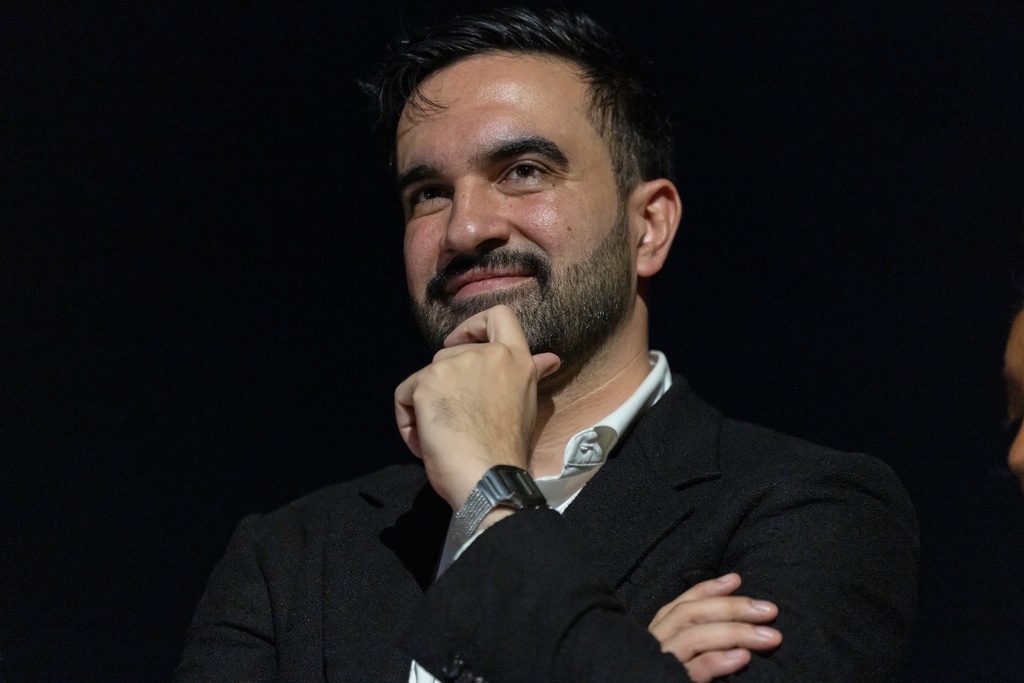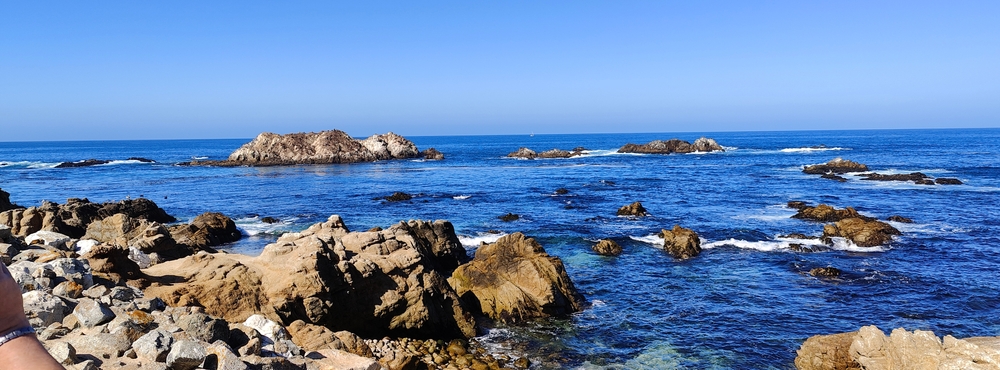After decades of shutting down nuclear plants across the country, there is now a sudden growing political movement to hit the brakes, with much of it being led by environmental scientists.A study from Pew Research Center found that nuclear power was barely more popular than coal and oil among the U.S. public, as vast majorities of respondents were instead in favor of increasing wind and solar energy intake. Despite this, the Biden administration announced $6 billion to keep current nuclear plants operational, and California Gov. Gavin Newsom is now pushing to keep the state's last remaining nuclear plant, the Diablo Canyon Nuclear Power Plant, open. So, how has the debate around nuclear energy changed, and why are we seeing this sudden shift for a less popular energy source?In the postwar period, nuclear power plants began springing up around the country, encouraged by President Dwight D. Eisenhower who famously made his "Atoms for Peace” speech at the U.N. But, that wasn’t enough to calm the fears of nuclear armament and attacks as the U.S. headed into the Cold War. Nuclear power plants depend on fuel rods where fission occurs, or in other words, the splitting of an atom. The rods are surrounded by water which helps keep them cool. The fission creates heat, which boils the surrounding water to make steam. The steam is what powers a turbine to make energy.If, for some reason, the fuel rods get too hot, that can cause a meltdown.In 1979, the first major accident happened at a U.S. power plant. The Three Mile Island incident was a partial meltdown of a plant in Pennsylvania, where cleanup took over 20 years. Conflicting studies haven’t conclusively determined whether the disaster led to health problems, such as a rise in cancer in the area, but the image was already set in the public’s mind. The number of nuclear plants being built and kept open plummeted.Further high-profile disasters made a lasting impact worldwide: In 1986, the Chernobyl disaster in the Soviet Union had horrific and deadly consequences. Then in 2011, Fukushima plant meltdown only added to the list, even though there were no reported deaths. These disasters also reinforced national security concerns about plants being potential targets of terrorist groups or wartime enemies, like Russia in Ukraine.There are a number of things that have changed in recent years: Safer technology is being developed for future facilities, and now that China and Russia have overtaken the U.S. in the number of nuclear plants, there are new concerns about being energy independent.But, one of the biggest reasons for the recent shift is climate change.Nuclear power is still crucial to the energy grid. It still generates about 20% of the U.S. electricity supply, and it’s the single largest non-fossil energy source in the U.S. and second globally. Advocates say nuclear is going to be essential in order to meet emission goals in the fight for climate change.Nuclear is what’s known as a "firm" energy source, meaning it’s always able to meet demand and produce energy. Renewables, like wind and solar, may also be clean, but they are limited by things like the weather or time of year. So, the infrastructure needed for solar and wind energy to match nuclear’s output just can’t be built fast enough to quickly replace both fossil fuels and nuclear. As a result, nuclear often just gets replaced by fossil fuels, which can be seen in cases from plant closures in New York, Massachusetts, Pennsylvania and more.There’s no easy solution when it comes to nuclear power. And as the country races to meet its emissions goals, it seems clear that existing nuclear power plants will be part of the strategy in some way.Back in California at the Diablo Canyon plant, the governor announced last week plans to keep the plant open for another five to 10 years. The plant’s scheduled closing date was 2025. Gov. Newsom plans to use federal funds as a loan to The Pacific Gas & Electric company, which provides energy to millions of households in California, to keep the facility running.The U.S. isn’t alone in rethinking the plant closures. Many parts of Europe are also rethinking nuclear energy — both as countries race to meet climate goals, and as they struggle with an energy crisis spurred on by the Russian invasion in Ukraine.Some of these major sudden policy reversals could unfold as early as this fall.
The World's Relationship With Nuclear Energy Is Changing
Though the idea of nuclear energy has historically been unpopular, the debate has now changed toward a push for more of it.


Posted
and last updated
Copyright 2026 Scripps Media, Inc. All rights reserved. This material may not be published, broadcast, rewritten, or redistributed.








